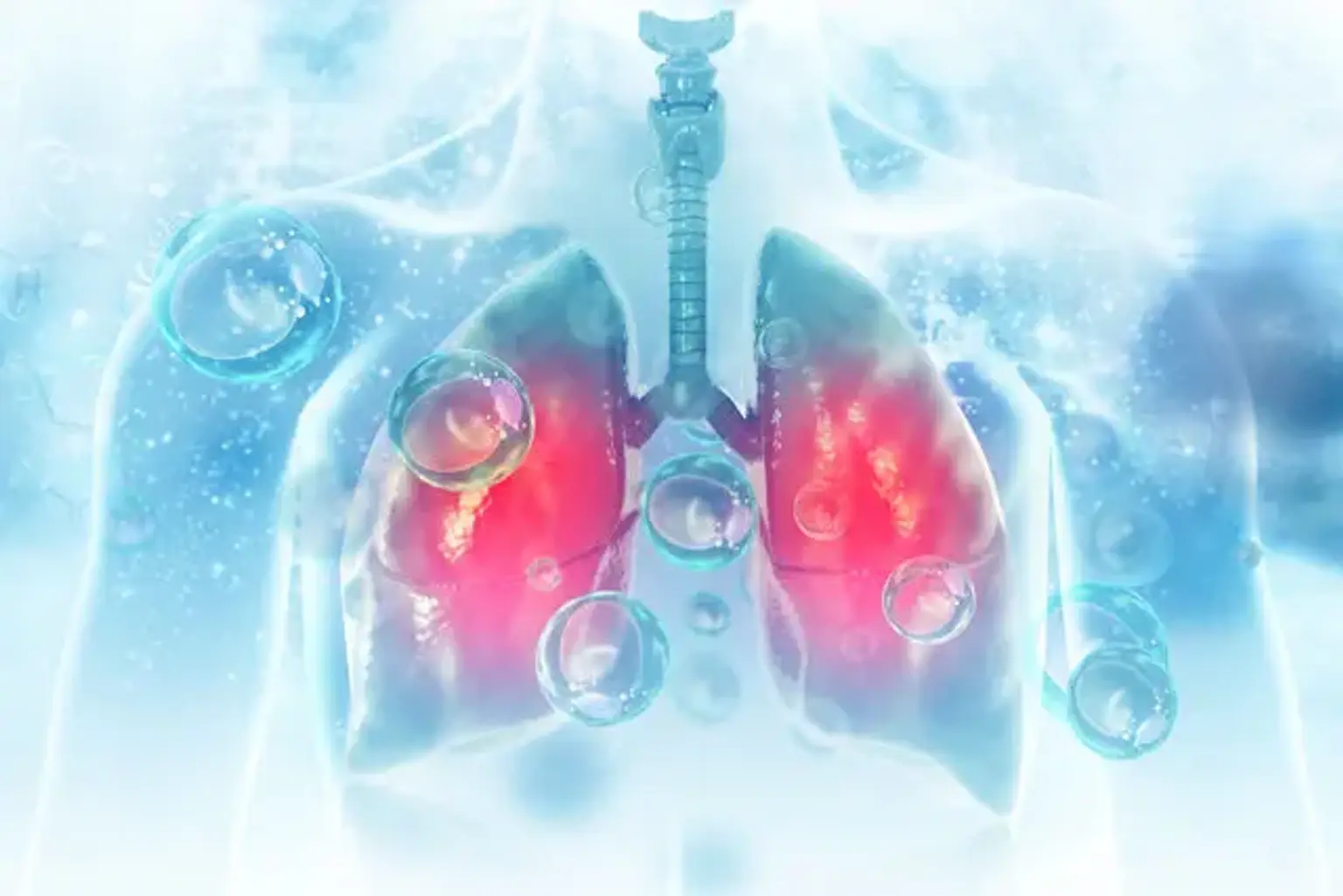Pneumonia
Pneumonia is a type of infection that causes the air sacs to become inflamed in either one or both lungs. Coughs with phlegm or pus, chills, fever, and breathing problems can occur when the air sacs fill with pus or fluid (purulent material). Pneumonia can occur due to various organisms, such as bacteria, fungus, and viruses.
The severity of pneumonia can range from minor to fatal. Infants and younger children, persons over the age of 65, and those with medical problems or compromised immune systems are the most vulnerable.
